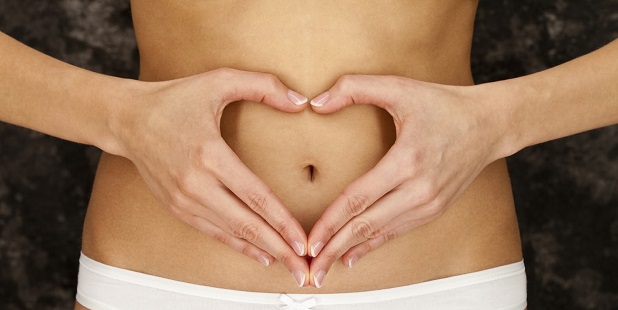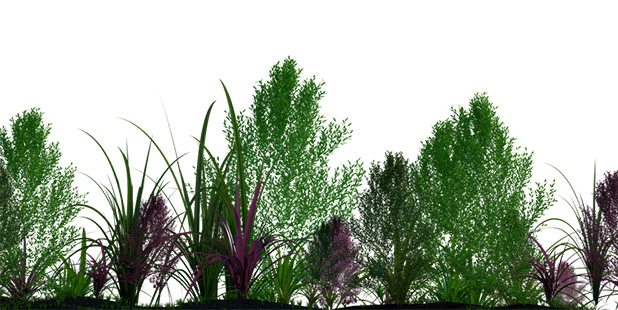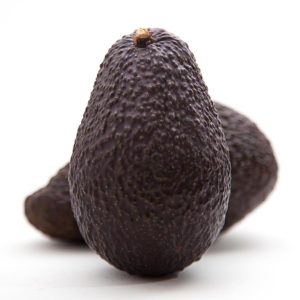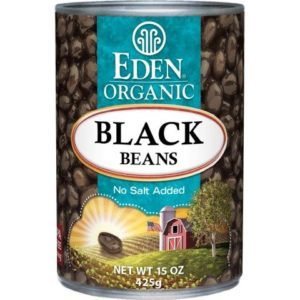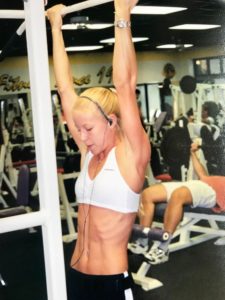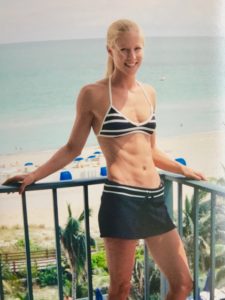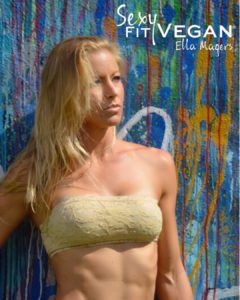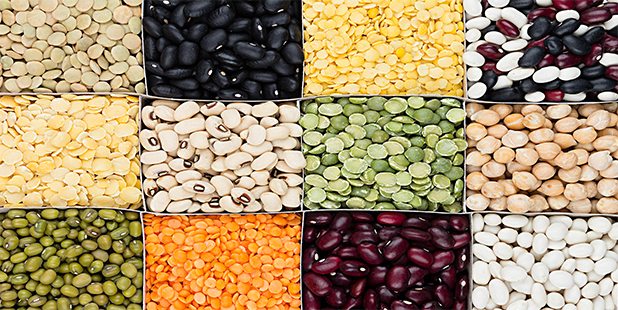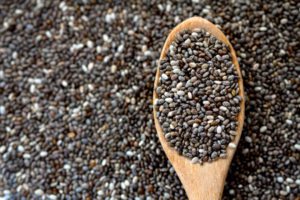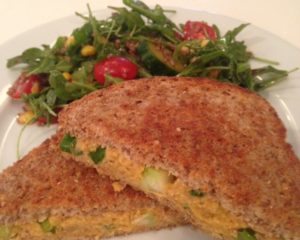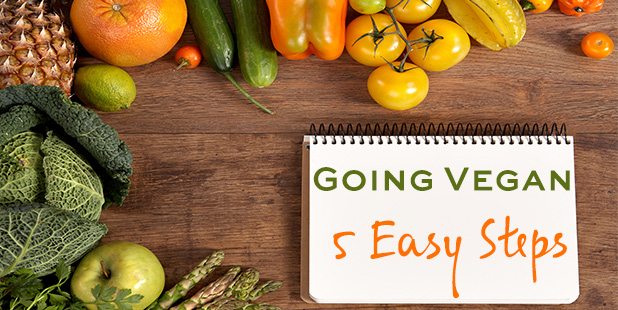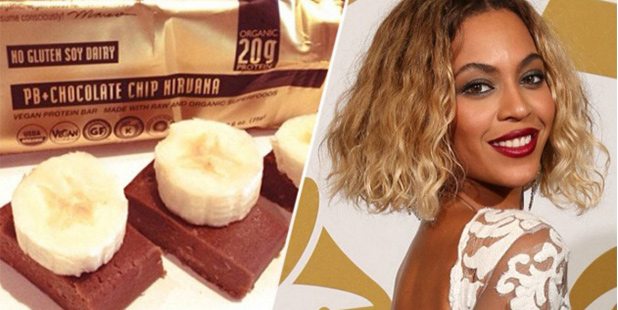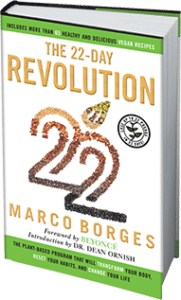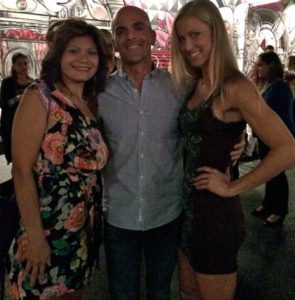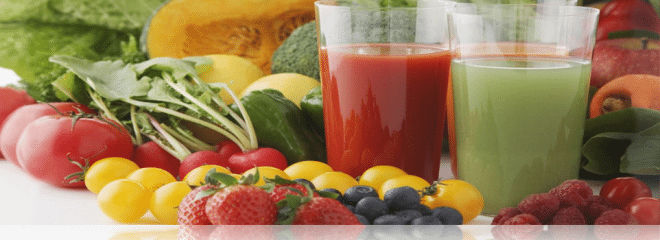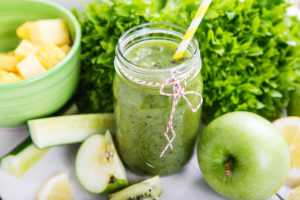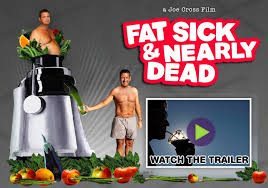The past few years, the media has begun to tell women to love their bodies regardless of their size while at the same time hypocritically continuing to use the same models with the same “ideal” proportions. While those proposing all women shower themselves with body self-love meant well, the message nevertheless often felt hollow and phony to those with physiques that didn’t match the images we’re still seeing.
Additionally, some of those in the health care field felt that while teaching women to love their bodies no matter what reaped psychological benefits, it ignored the reality of the potential health risks associated with obesity.
A recent response to all things body-positive focuses instead on a neutral acceptance of ones’ physical appearance while still admitting room for improvement exists. The body neutrality movement offers a more authentic way for women to end negative self-talk while still focusing on achieving physical fitness to avoid future health woes.
Similarly, Ella’s Plant-Empowered Coaching Program is based on the philosophy that accepting, respecting, and loving yourself exactly as you are is a PRE-REQUISITE for changing your body. This is because when you make food and fitness choices out of love for yourself, and respect for you values (e.g. compassion for animals), you take discipline and will power out of the equation. Nutritious vegan food becomes a form of self-care, which becomes a priority when you develop true self-love. (If this resonates with you, be sure to attend Ella’s powerful master class on the 5 Steps to Ditch Diets and Adopt a Healthy Vegan Lifestyle you Love.)
Let’s now explore how the body neutrality movement came about, and what it can show us about the future of helping all people accept themselves regardless of size or weight.
What Does Body Neutrality Mean?
Body neutrality encourages women to practice true self-love by accepting their physical realities and making choices that promote good health. Body neutrality challenges women to objectively evaluate their bodies, not in a critical way, but rather by honestly assessing their strengths and challenges.
Unlike the body positivity movement that preached love of self regardless of ones’ diet and exercise habits, those embracing body neutrality not only accept their physical limitations but also take proactive steps to improve their diets and overall health.
Those practicing a body neutrality path take personal responsibility for engaging in behaviors that lead to poor health outcomes. This doesn’t equate to beating themselves up over an occasional (vegan) doughnut indulgence or skipping a single workout, but they do take note of these less-than-healthy behaviors to prevent them from turning into daily habits. In addition to accepting their physical realities, followers acknowledge the factors and influences that contributed to their excess body fat without allowing them to become excuses for poor health habits.
Which Approach Works Better — Body Positivity or Body Neutrality?
Both the body positivity movement and the more recent body neutrality movement offer benefits to many women. Even experts in fitness and nutrition disagree as to which approach works better for each individual.
Experts do agree that tying ones’ sense of self-worth to anything related to physical appearance wastes valuable emotional energy that could best be spent elsewhere. Tying ones’ sense of self-worth to physical appearance can lead to mental health issues such as depression and eating disorders. Taking either approach, body positivity or body neutrality, can benefit those whose body size interferes with achieving a sense of happiness and satisfaction in life.
Some women feel most comfortable practicing a combination of body positivity and body neutrality. It’s natural to feel elated after completing a vigorous run or tough fitness class. However, we all have certain days when we feel down or experience disappointments, such as gaining a pound due to normal female hormonal cycles. Part of body neutrality involves treating the self gently and refusing to let one setback completely derail progress toward improved health.
Some nutritionists and fitness experts consider body neutrality a stepping stone toward true self-love of our physical bodies. While this may hold true in some cases, women should take care to reward themselves simply for making healthier decisions overall, not just reaching their ideal weight or pants size.
In this sense, self-care isn’t just about weight. It’s also about things like preventive medicine, scheduling annual checkups, taking care of your bones and skin, staying properly hydrated and understanding the value of eating a wide variety of whole plant foods daily. Self-care is an ongoing project that doesn’t end just because you shed that extra 15 pounds from the holidays. When in doubt, practice this kind of self-care above all else.
Embracing Body Neutrality for a Healthier Life
Those wishing to adopt body neutrality in their own lives can begin by taking an honest and objective assessment of their physical selves. Which daily practices encourage good health, and which areas can be improved? For example, one woman may do an excellent job of attending regular fitness classes after work but may also overindulge in highly processed foods with little nutritional value. Another may consume more carrots than Bugs Bunny but resists breaking a sweat.
Focus on correcting one unhealthy habit at a time. Beginning a new fitness regimen while also attempting to stick to a diet can lead to feelings of disappointment. When the inevitable slip-ups occur, avoid letting one bad day evolve into a bad week or month. Practicing forgiveness and kindness toward oneself is an important part of developing a positive mental outlook.
The body neutrality movement can offer many women a more realistic alternative to expressions of self-love that often ring hollow. By focusing on improving health outcomes over developing the so-called “perfect” body, we can learn to love ourselves by making healthier choices one decision at a time. There’s no greater expression of self-love than keeping both mind and body healthy.


